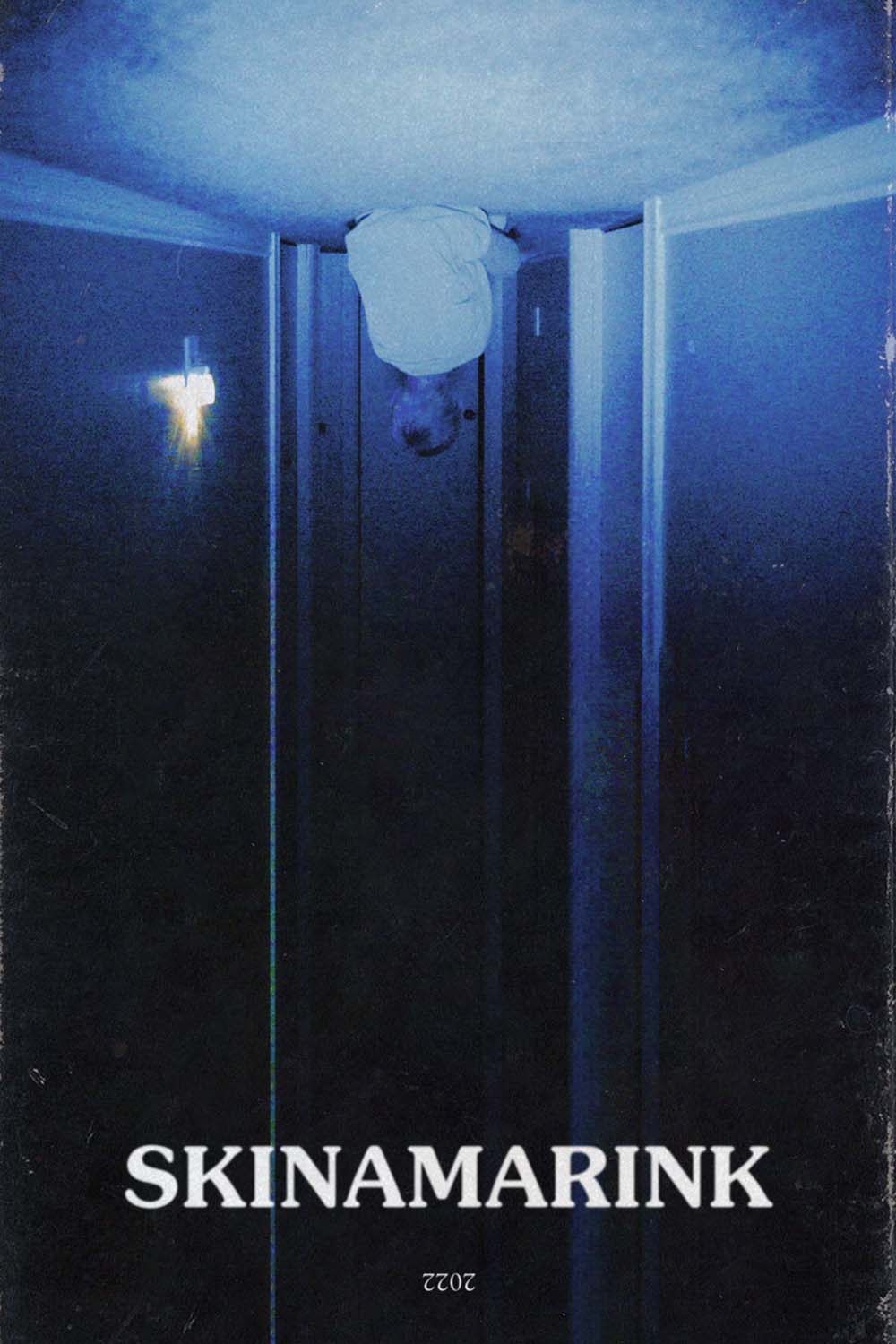Like many horror buffs, I was compelled to watch Skinamarink after hearing the online buzz about it, and was further intrigued by its ominous plot: two children wake up in the middle of the night only to find their parents have disappeared — along with all the doors and windows that would let them escape the house.
If that description has piqued your interest, let me divulge some details that might change your mind.
The film is light on plot, lighter on dialogue, and heavy on atmosphere. Of its 100-minute run time, you only see people on screen for about 10 minutes. The rest consists almost entirely of still shots of floors, ceilings, walls, and Lego bricks.
But despite some of its aggravatingly arthouse elements, I really enjoyed the experience of watching Skinamarink in the theatre with my friends.
Writer-Director Kyle Edward Ball, who got his start making horror shorts on Youtube inspired by people’s real nightmares, shot Skinamarink on a measly $15,000 budget in his childhood home in Edmonton. The film’s success from such humble beginnings is enough to show that there’s something special to this feature-length suburban house fancam.
Other viewers have pointed out the film’s ability to evoke the same sensory experience as being a child alone at night, where darkness and imagination sinisterly combine to play tricks on your eyes and make you feel watched. But where I really felt the nostalgic tug was in its analog horror influences. As someone raised on Creepypastas and Slenderman, Skinamarink filled me with familiar feelings of self-imposed digitized dread.
Ball’s nightmarish celluloid style brought me back to late-night slumber parties where my friends and I would try to scare ourselves by watching creepy Youtube videos. The film gets away with some of its goofier dialogue and jumpscares because they harmonize with the delightful terror that my fellow digital natives and I used to seek out online.
Issues arise with the film’s longer than necessary runtime, showing why analog horror is perhaps most effective in shorter-form Internet mediums. For some, Skinamarink will bore you to death before it scares you to death.
Yes, it’s too long. Yes, the sound is incomprehensibly muffled in some parts and insufferably loud in others. Yes, it’s filled with bad foley work from freesound.org. But it managed to do the one thing that not many recent horror movies have — it scared me. By the film’s final act the tension was almost unbearable and I was rendered a helpless middle-schooler peeking at the glowing screen between my fingers.
That’s where Skinamarink succeeds. While it is a slow burn, there were just enough tension-building moments, effective scares, and creepy imagery to keep me engaged in the film’s twisted world and make me want to hide under the covers.
Many people are calling Skinamarink this generation’s Blair Witch. I have to agree. Both films are massive low-budget successes destined to become cult classics. And both films also effectively create an atmosphere that’s terrifying the first time you watch, but painfully boring on subsequent viewings.
If you’d like to decide for yourself, Skinamarink is now available to stream on Shudder. Just don’t forget to turn off the lights.


